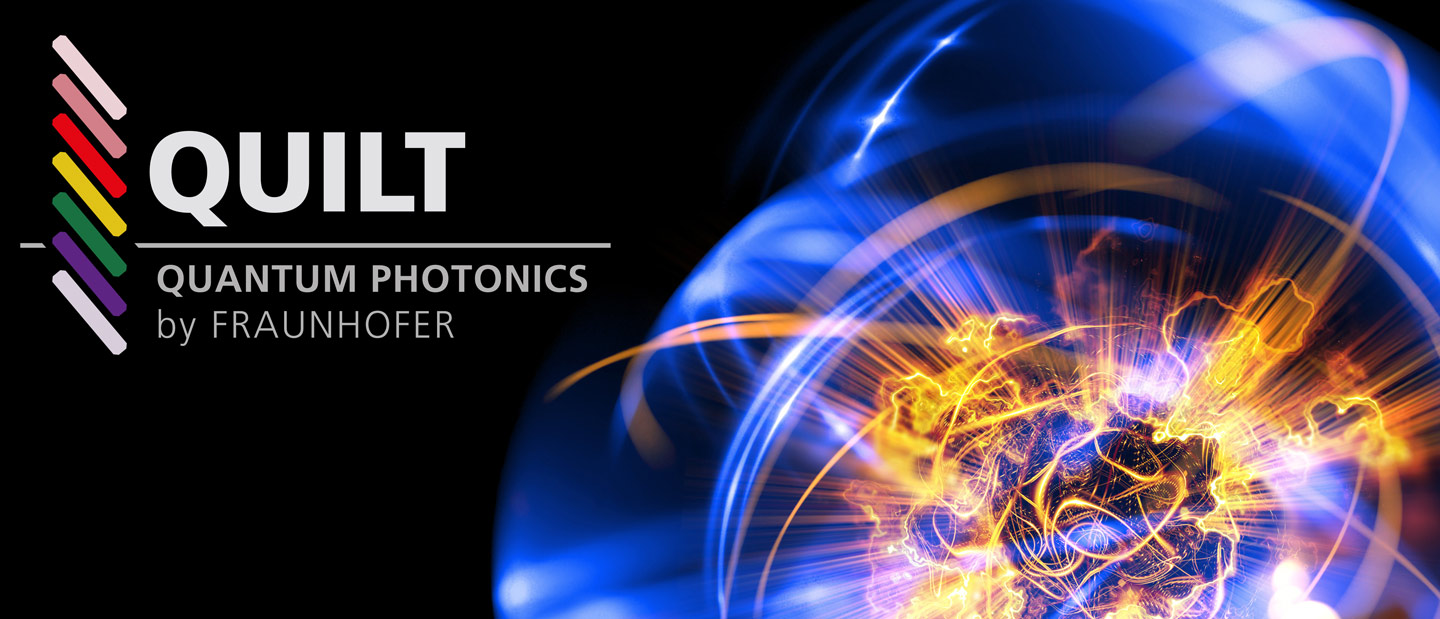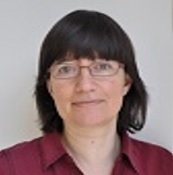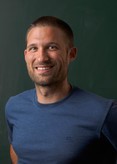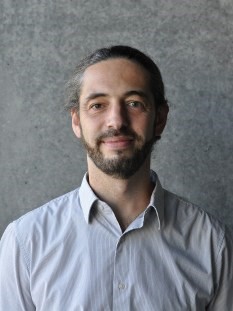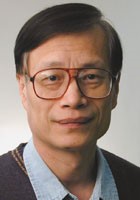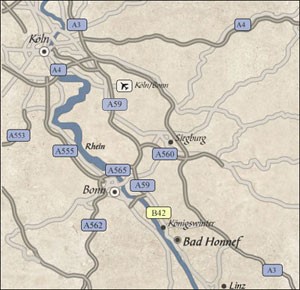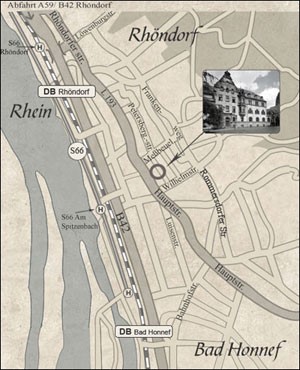»Quantum-Enhanced Imaging and Spectroscopy«
In recent years, important milestones have been reached in quantum science with the generation, manipulation of tailor-made quantum states and their exploitation for communication, computing, simulation and sensing/metrology. Correlated or entangled photons generated far from degeneracy may open new pathways for imaging and sensing applications across the electromagnetic spectrum away from the “silicon range”.
For this year’s Autumn school on “Quantum-Enhanced Imaging and Spectroscopy” we have invited scientists from the leading research groups in the field as instructors. The days at the Physikzentrum shall create an opportunity to get first-hand information on current trends and to discuss fundamental and applied aspects in the fields of sources, methods and applications. Participants are invited to present and discuss their work at the poster session.
- Organizer: Fraunhofer Gesellschaft (IOF/IPM)
- Time: Sunday, Sept. 9 (afternoon) – to Wednesday, Sept. 12, after lunch
- Location: Physikzentrum Bad Honnef, Germany
